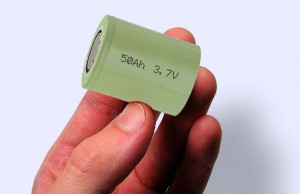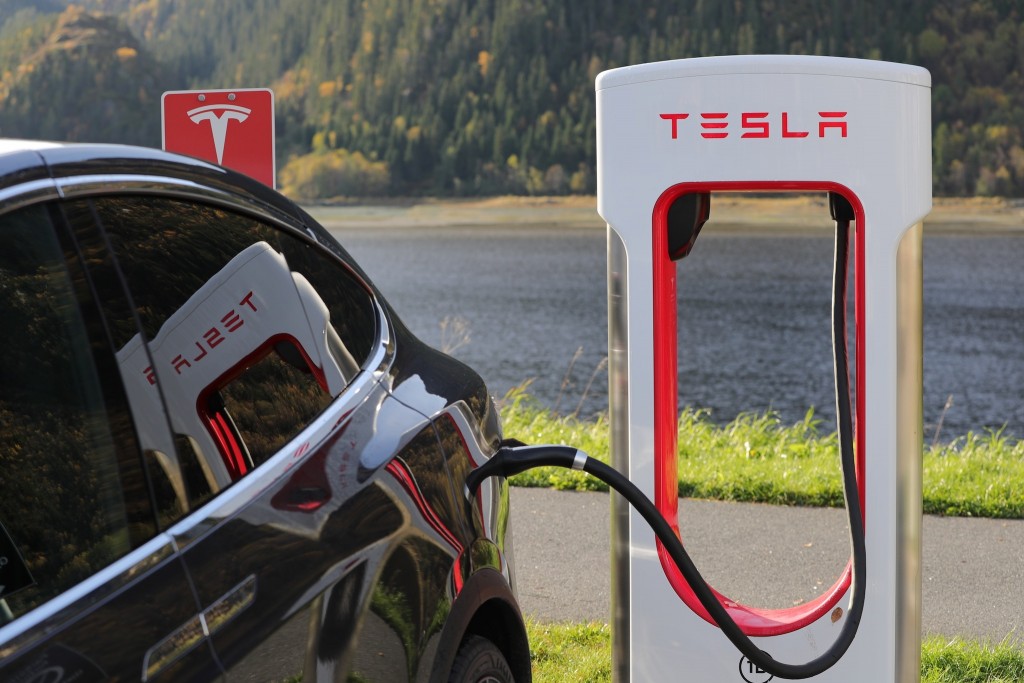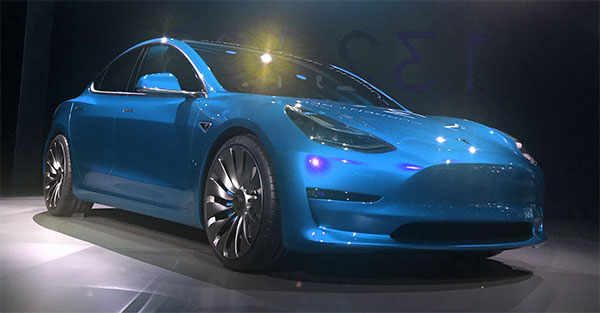Key requirements for a vehicle battery include:
- Economical
- Excellent power density
- Longevity with minimal degradation
- Works well at all encountered temperatures
- Ability to quickly charge without reducing battery life
- Handle harsh environments – high vibration, shock & humidity
- Avoidance of materials in limited supply
- Safe
- Non-Toxic
- Recyclable
- Reproducibility – each cell should produce the same voltage and current in high volume manufacturing
It’s easy to understand that most battery breakthroughs improve one item on this list. What is often unstated are the other criteria that are not met. A cell that has 10 times the power density of existing cells, but only lasts for 5 charge cycles is not practical for a vehicle.
Tesla has succeeded in offering one of the fastest charging practical systems to date, offering up to 250 kWh charging.
While faster charging is a desirable feature, even if a new cell can be charged at a faster rate, as a practical matter, this causes a whole set of other issues that are often ignored at first glance.
Battery Temperature – Cells generate heat while charging. If the cell gets too hot, it can be damaged or worse, may catastrophically fail. Vehicle manufacturers solve this by cooling the pack while charging. To double the maximum charging speed, the car’s battery cooling system must handle double the heat load in worst-case conditions. This means doubling the radiator size, having a larger HVAC compressor, and adding more fans and other components.
Internal HV Components – More power requires thicker wires and larger contactors. The cost of this increase requires some additional space and adds to the vehicle’s weight.
Connector – The connector must get larger to accommodate either more current or higher insulation if using higher voltages.
Cable – To supply more charging power requires a larger diameter cable. When the amperage is increased, the conductor size must be increased. If the voltage is increased, the insulation required is thicker. In either case, the cable gets much thicker and heavier. At some point, it will be beyond the ability of owners to lift and connect!
Tesla and its battery partner, Panasonic, continue to do basic cell research. Tesla is also funding the battery research group at Dalhousie University, headed up by the renowned battery researcher, Jeff Dahn.
Tesla maintains a significant group of engineers and researchers at its Palo Alto headquarters. Since Tesla is one of the largest consumers of Lithium Batteries in the world, many new technologies are brought to them first, where they can evaluate new designs.
In the summer of 2019, Tesla started rolling out version 3 Superchargers, with up to 250 kWh of charging power. Currently, every new Tesla Model S/X/3/Y LR or better can charge at this rate. In 2023, Tesla introduced version 4 Superchargers that can handle up to a megawatt of power – 1000 volts and 1000 amps. Future vehicles such as the Semi and Cybertruck are expected to take advantage of version 4 higher power charging.
For more on Tesla’s Supercharging, check out our Supercharger Superguide.



